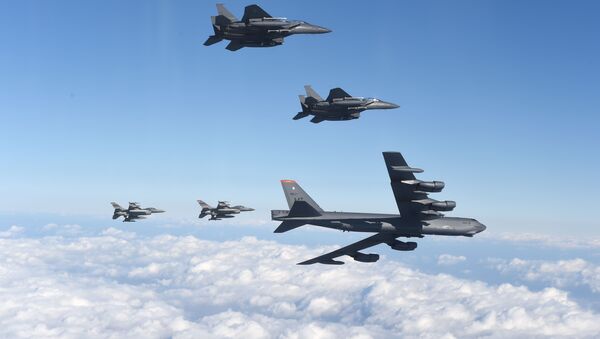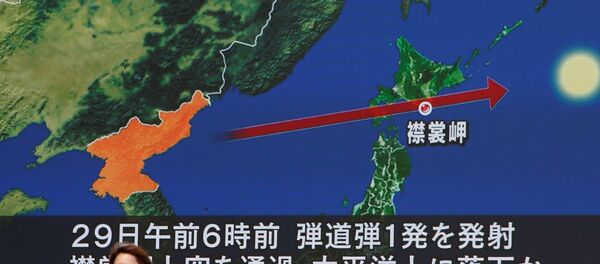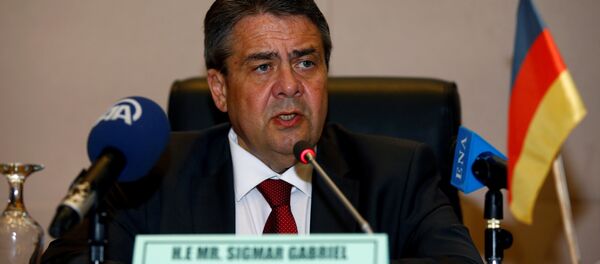On Tuesday, the Japanese Air Self Defense Force demonstrated a Patriot Advanced Capability-3 surface-to-air missile system at the US Air Force base in Yokota, 26 miles from Tokyo.
The Patriot is meant to shoot down enemy aircraft and missiles. Japanese reporters watched Self Defense Forces set up the missile battery in a matter of minutes, a clear sign that Japanese authorities were prepared to shoot down any North Korean missiles that threaten them.
Lt. Gen. Hiroaki Maehara, head of Japan's Air Defense Command, said that the exercise's purpose was deterrence. "It is most important to keep up such efforts," he said. "[The JASDF] will continue [Patriot] deployment training across the country to develop the feelings of security and safety among Japanese citizens and to strengthen the alliance," he told reporters.
The plans for the exercise were made before the surprise North Korean missile test, Maehara added, but the launch did not affect the exercise. Similar exercises have been conducted all over Japan throughout the summer.
US officials thought the speedy deployment exemplary of Japan's capabilities to rapidly respond to aerial threats. "Bilateral engagements like this one demonstrate the enduring strength of the US-Japan alliance and the determination of both our nations to address the security challenge posed by North Korea's ballistic missile and nuclear weapons programs," Lt. Gen. Jerry Martinez, commander of US Forces Japan, said in a separate statement.
"We welcome these training deployments and look forward to working with our Japanese partners to make them a success."
Meanwhile in South Korea, President Moon Jae-in on Tuesday ordered his generals to show the military's "powerful capability to hit North Korea after receiving a report from National Security Office Chief Chung Eui-yong," said Press Secretary Yoon Young-chan in a statement. The report in question refers to an emergency National Security Council (NSC) meeting that occurred on Tuesday morning after the North Korean missile test.
"The NSC strongly condemned North Korea for launching a ballistic missile and violating UN Security Council resolutions again despite warnings from the international community," Yoon said. "We take North Korea's provocations very seriously and decided to maintain a readiness posture at an enhanced level against any additional provocations."
The South Korean Air Force demonstrated their might with a live-fire bombing drill by four F-15K multirole strike fighters dropping eight MK84 multi-purpose bombs. South Korea filmed the weapons drills and disseminated the footage publicly online.
To continue their flexing, South Korea also unveiled footage of new short-range ballistic missiles developed by South Korea's own missile defense initiative, the Agency for Defense Development (ADD).
"To help build the system, we've been working on new ballistic missiles with increased ranges, various types of warheads and improved accuracy," an ADD official told the Korean Times. "The accuracy and reliability of the missiles are proven. They can strike and destroy targets including North Korea's nuclear missile launch sites in any weather."
Furthermore, South Korean officials told the Korean Times that they were in talks with the United States to deploy additional military assets to the Peninsula: bombers, stealth jets, destroyers equipped with Aegis missile defense systems and nuclear-powered submarines.





